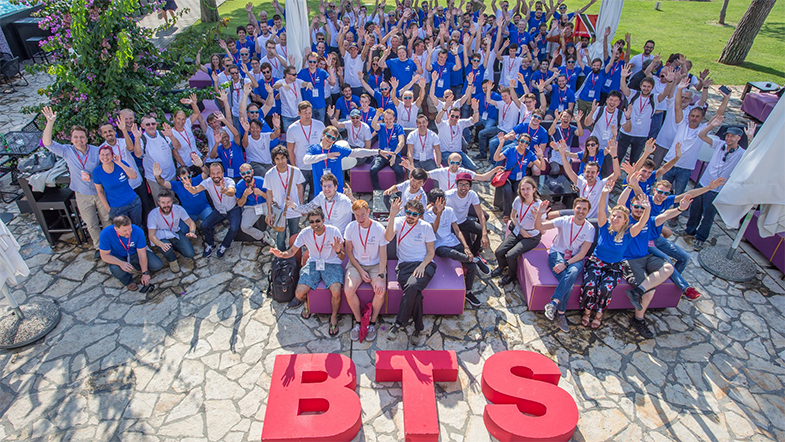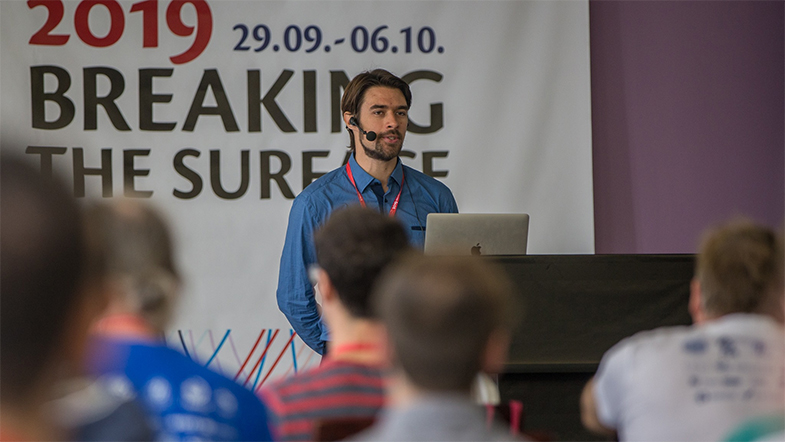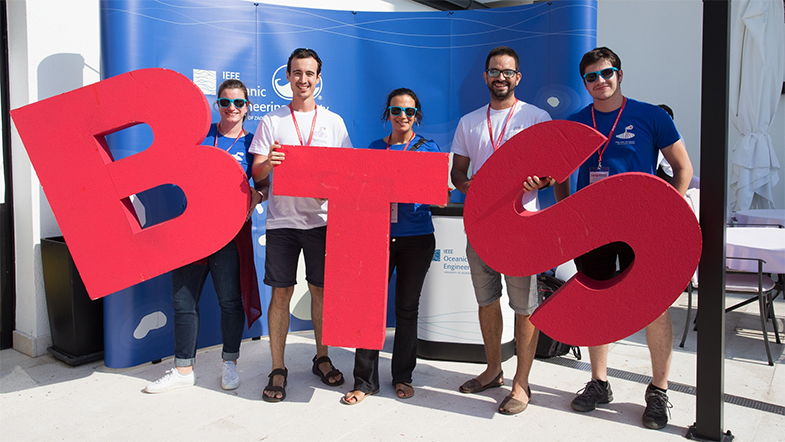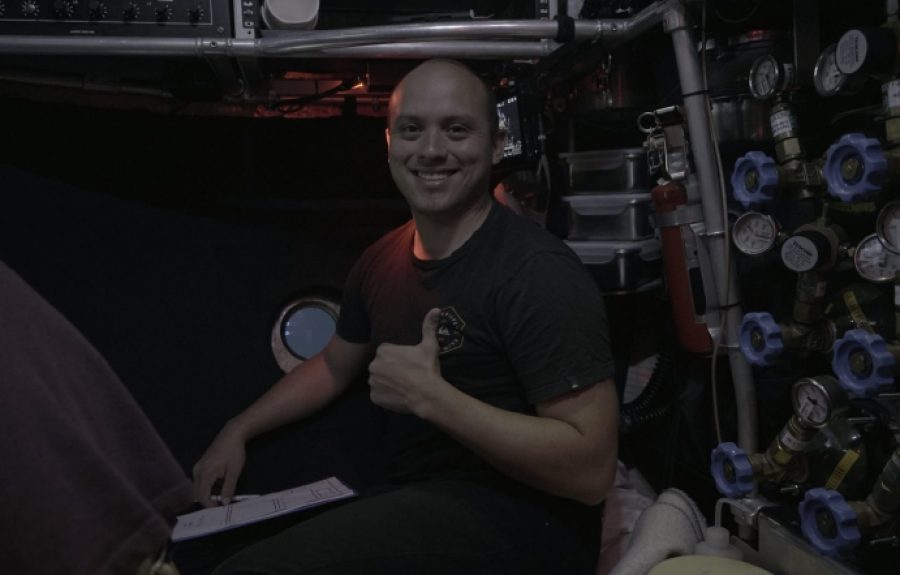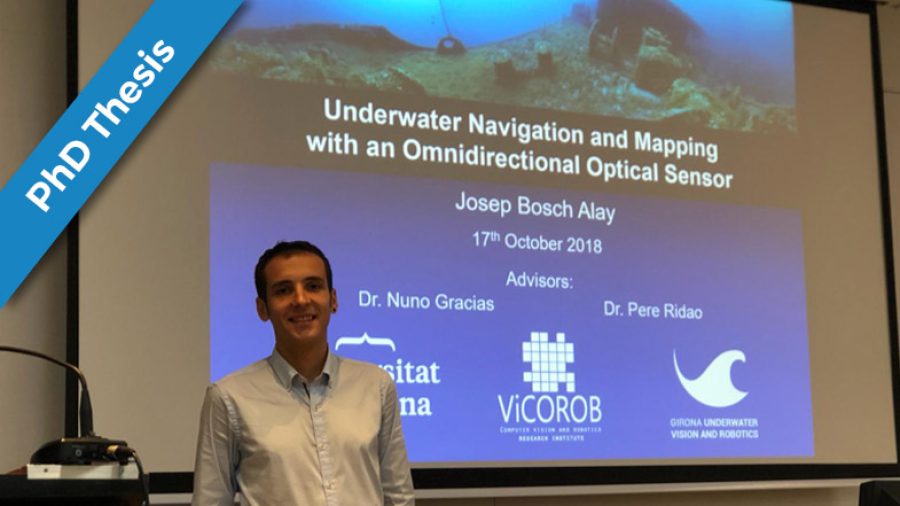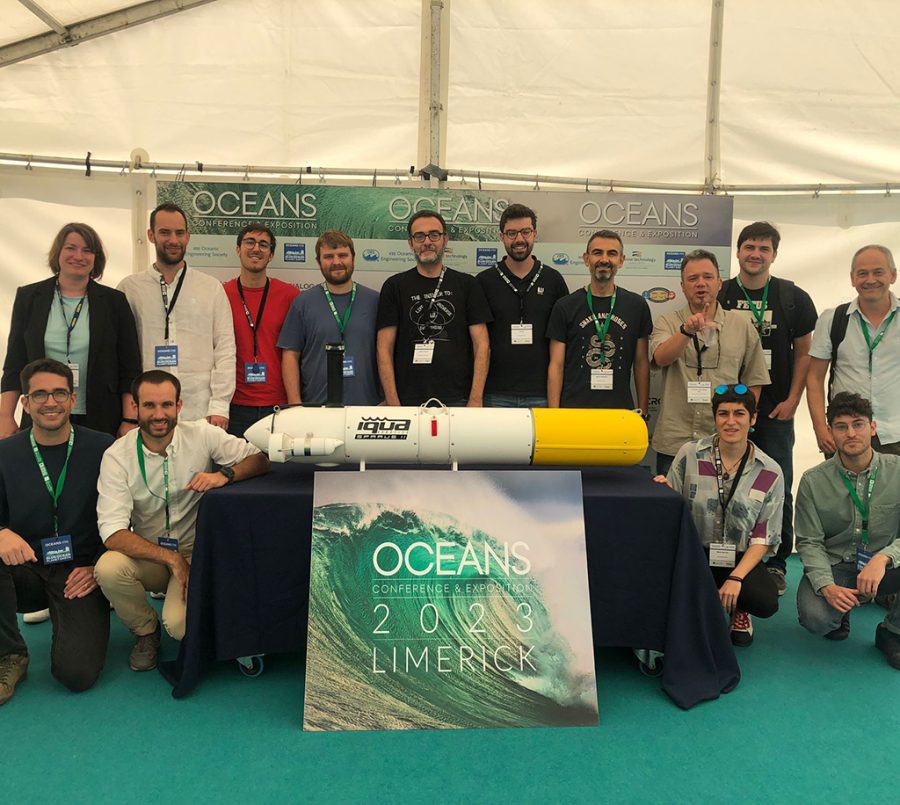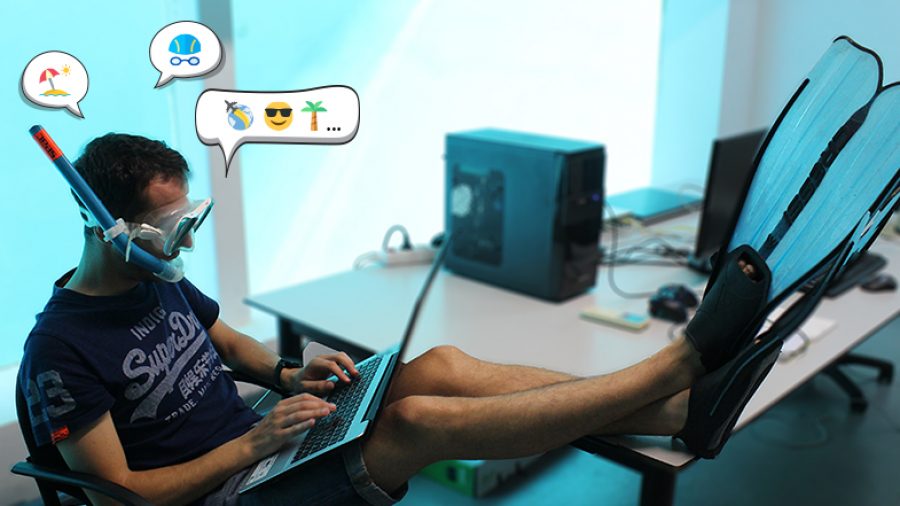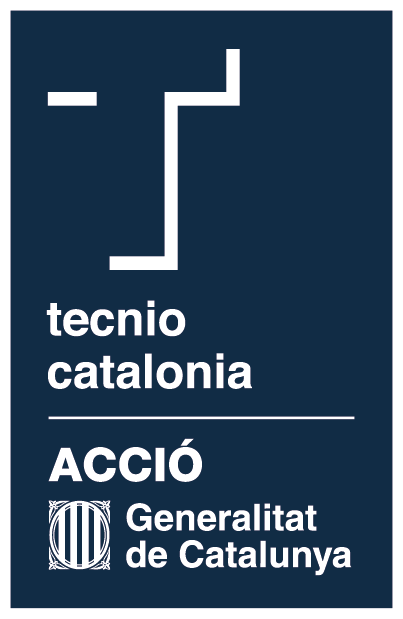The 11th edition of Breaking the Surface (BtS2019) took place from 29th September to 6th October in Biograd na Moru, Croatia. It is an international interdisciplinary field workshop on maritime robotics and applications. This year over 200 people took part in it.
As a member of University of Girona, Patryk Cieslak presented one of the lectures and one workshop. His lecture was called “Autonomous underwater manipulation from a floating I-AUV: the challenges of moving from observation to interaction with the underwater environment”. The motivation for the lecture was that autonomous underwater vehicles have their capabilities still limited to survey, monitoring and search tasks. The industry still relies on using heavy work-class remotely operated vehicles or specialized divers, when some interaction with the underwater infrastructure or environment is needed, but using these kind of systems and humans involves extremely high costs and risks. Therefore, our research group is working to extend the capabilities of autonomous underwater systems to enable underwater mobile manipulation without or with limited supervision of humans, using small, easily deployable robots, lowering the operational costs by several orders of magnitude and practically removing the need of sending humans to the hostile underwater environment. The lecture focused specially on presenting possible practical applications of autonomous underwater mobile manipulation, discussing the involved challenges and ways to tackle them, and finally, showcasing the experimental works that have been completed at our laboratory.
Then, Patryk also presented the tutorial “Autonomous underwater manipulation from a floating I-AUV : simulation and control strategies”. There, he introduced a set of open-source tools developed by our research group at the CIRS laboratory, directed towards researchers working in all fields of underwater mobile robotics, i.e., control, planning, vision and navigation. This includes a new advanced simulation software called Stonefish and the recently updated AUV software architecture COLA2.
Three of our PhD students also attended BtS2019 —Miguel Castillón, Roger Pi and Khadidja Himri— along with Guillem Vallicrosa and Joseta Roca. They all had the opportunity to get first-hand information on the latest advances of the underwater robotics community from a theoretical and a practical points of view, as well as marine archaeology and biology projects.
